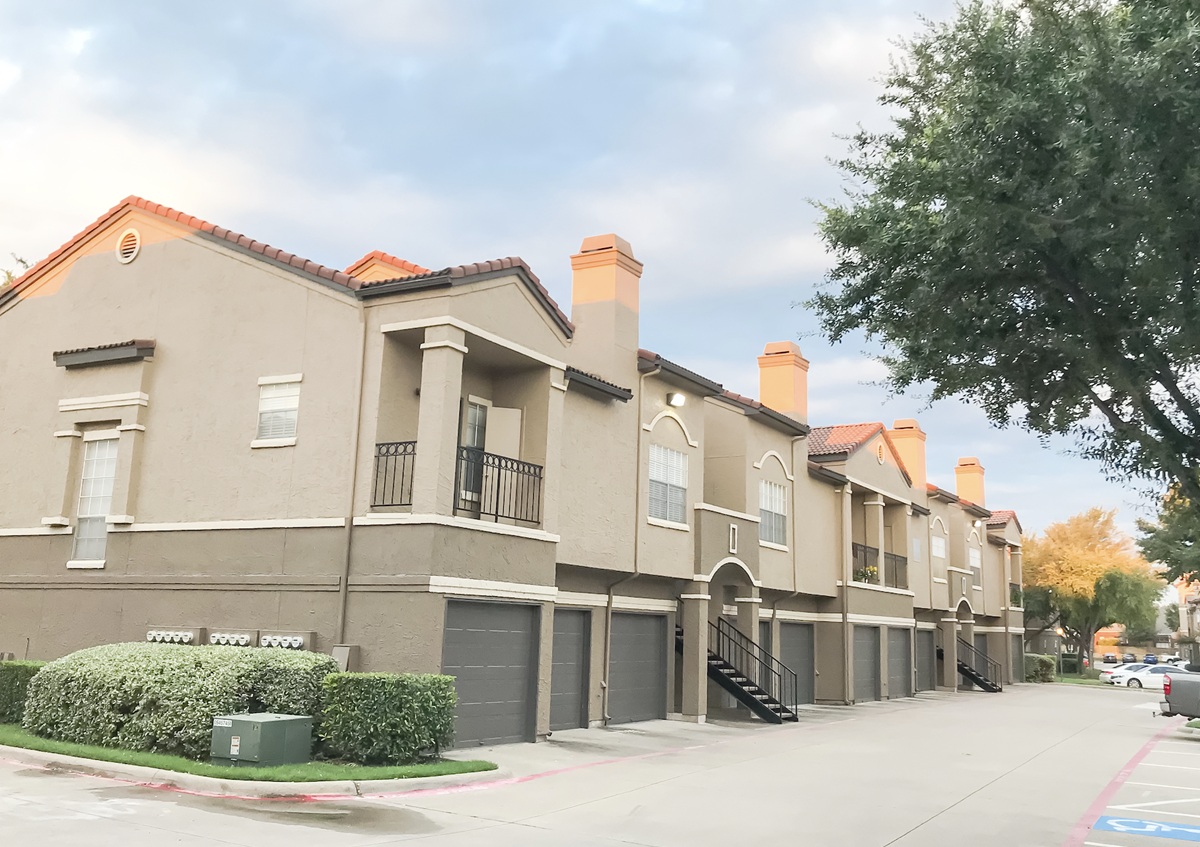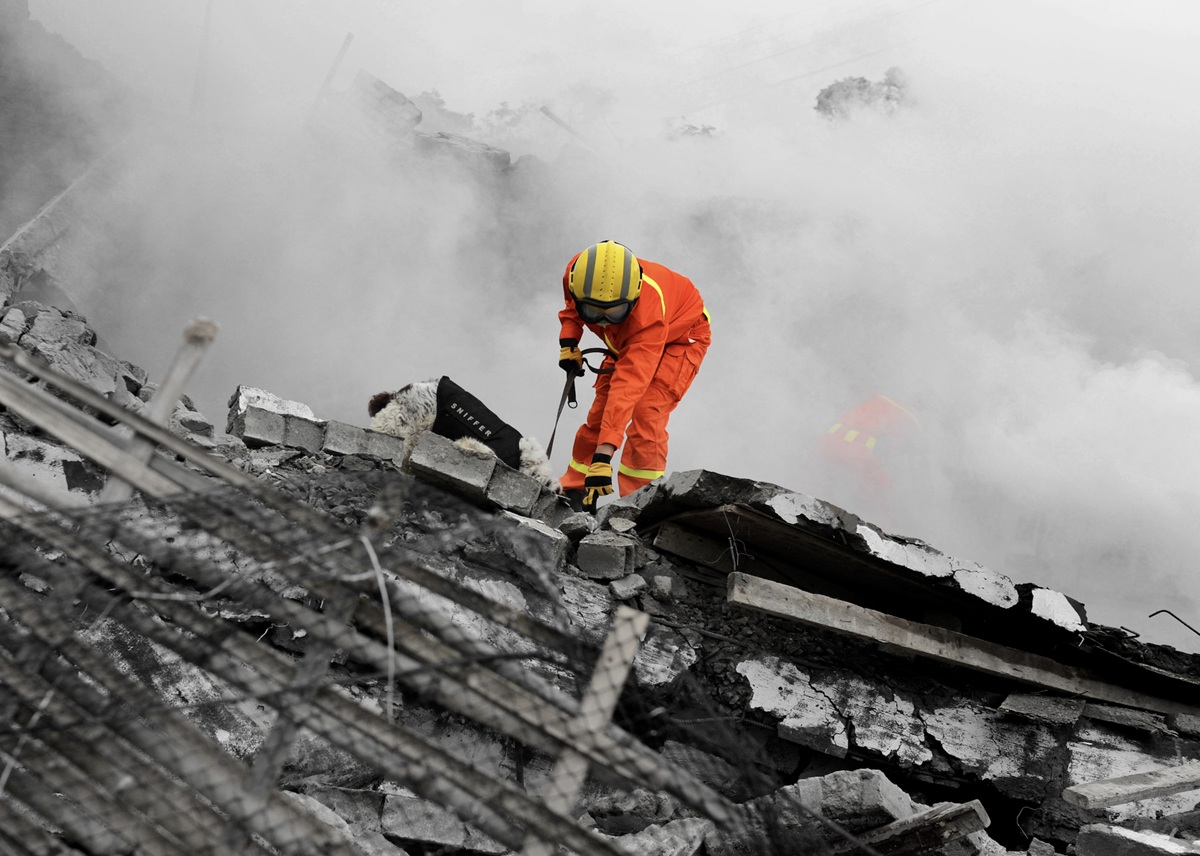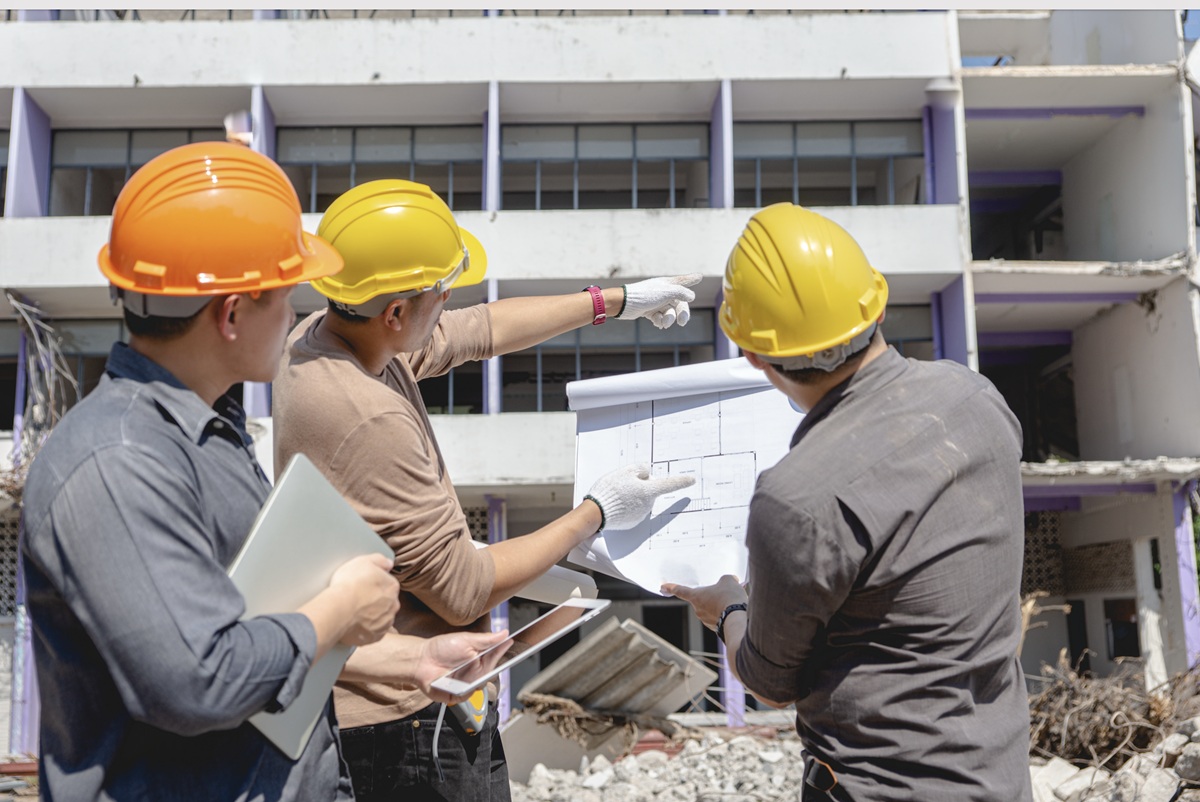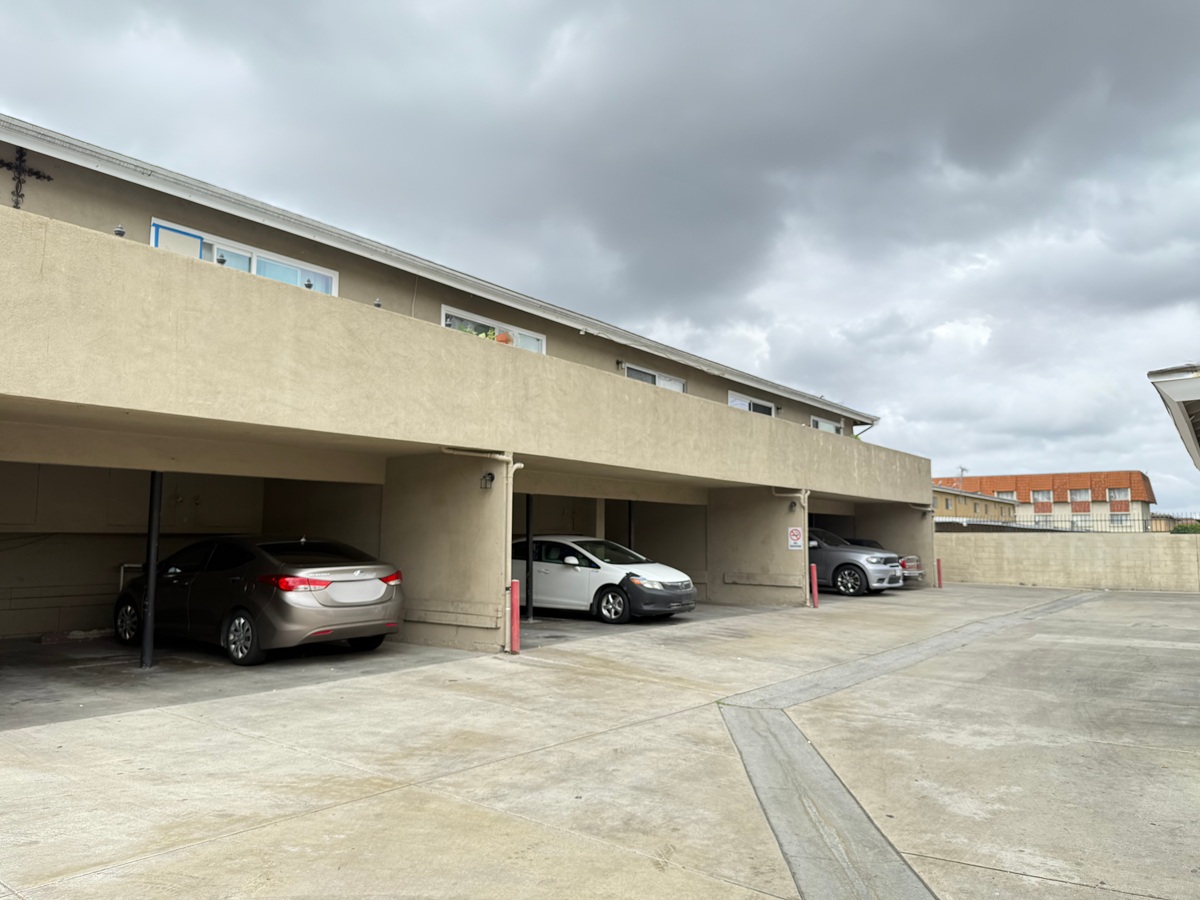Before the massive earthquakes in Turkey and Syria, many Californians felt confident that they knew enough about earthquakes. But after 50,000 people died in these quakes, many people are asking a straight forward question: “Can similar earthquakes happen in San Diego or other areas of California?”
Experts offer a short answer. “Yes, it can.” California has earthquake faults of similar type and size as were involved in the Turkey / Syria quakes. We also have similar types of buildings, but our construction and inspection is more thorough.
So how much do we really know about the earthquake risks we face? Understanding the reality of these threats is important, particularly when apartment buildings and other properties are essential to your livelihood. Wonder how much you really know? Try taking this little quiz, for starters.
- What is the most dangerous region in the United States for projected earthquake loss?
- Seattle
- Charleston, S.C.
- Los Angeles
- San Diego
- What are the odds that a major earthquake will strike in the next 30 years?
- 7% chance of a quake equal to or larger than Northridge hitting California
- 59% chance of such a quake (6.7 magnitude) striking the southern San Andreas
- 46% likelihood of a magnitude 7 hitting L.A.
- 31% chance of a magnitude 7.5 – a colossal quake – striking Los Angeles
- How many buildings would be damaged in a 7.8 earthquake, according to the USGS?
- 1 in 8
- 1 in 16
- 1 in 350
- 1 in 1,500
- What is the No. 1 earthquake risk factor for soft-story apartments and comemrcialbuildings?
- Number of stories
- Proximity to an earthquake fault
- Year of construction
- Soils composition
- Soil condition is another indicator of earthquake hazard. Which of these presents the highest risk?
- Solid bedrock
- Sandstone
- Alluvial soils
- Mud
ANSWERS:
- FEMA’s annualized earthquake loss risk projections put these regions at the top of the list: (1) Los Angeles/Long Beach/Anaheim; (2) San Francisco/Oakland/Hayward; (3) Riverside/San Bernardino/Ontario; (4) San Jose/Sunnyvale/Santa Clara; (5) Seattle/Tacoma/Bellevue; (6) Portland/Vancouver/Hillsboro; (7) San Diego/Carlsbad; (8) Oxnard/Thousand Oaks/Ventura; (9) Santa Rosa; and (10) Charleston. With a #7 national ranking, San Diego/Carlsbad is the fifth highest loss risk projection in California.
- All of the above. (Yes, it was a trick question.) The numbers vary, based on location and magnitude. The most comprehensive statewide analysis of earthquake probabilities determined that the chance of having one or more magnitude 6.7 or larger earthquakes in California over the next 30 years is 99.7%, according to the U.S. Geological Survey. The fault with the highest probability of such earthquakes is the southern San Andreas — 59% in the next 30 years. For powerful quakes of magnitude 7.5 or greater, there is a 37% chance that one or more will occur in the next 30 years in Southern California, according to the Earthquake Country Alliance, an organization comprised of the National Earthquake Hazards Reduction Program, the Federal Emergency Management Agency, the California Governor’s Office of Emergency Services, and the Southern California Earthquake Center.
- The detailed scientific assessment by the USGS of the likely damage in a big San Andreas earthquake in Southern California estimated that 300,000 buildings in southern California would be damaged at a moderate level (losing at least 10% the value of the building) as modeled in the M7.8 ShakeOut scenario earthquake. This represents 1 out of every 16 buildings in the region.
- The fatal collapse of the Northridge Meadows apartment complex in 1994 revealed serious design flaws in soft-story buildings constructed before 1978.
- Hard ground propels the seismic energy quickly with a small amplitude, while soft ground slows the energy down and increases the amplitude or severity of the motion. The USGS ranks the following soil types for susceptibility to strong ground movement from an earthquake, with solid bedrock (both igneous and volcanic) as the least susceptible, and alluvial soils and artificial fill as the most.
There are many factors San Diego apartment owners should consider when weighing their earthquake risks and the benefits of fortifying their buildings. If you have questions, contact Optimum Seismic at 833-978-7664 to arrange a complimentary consultation.







